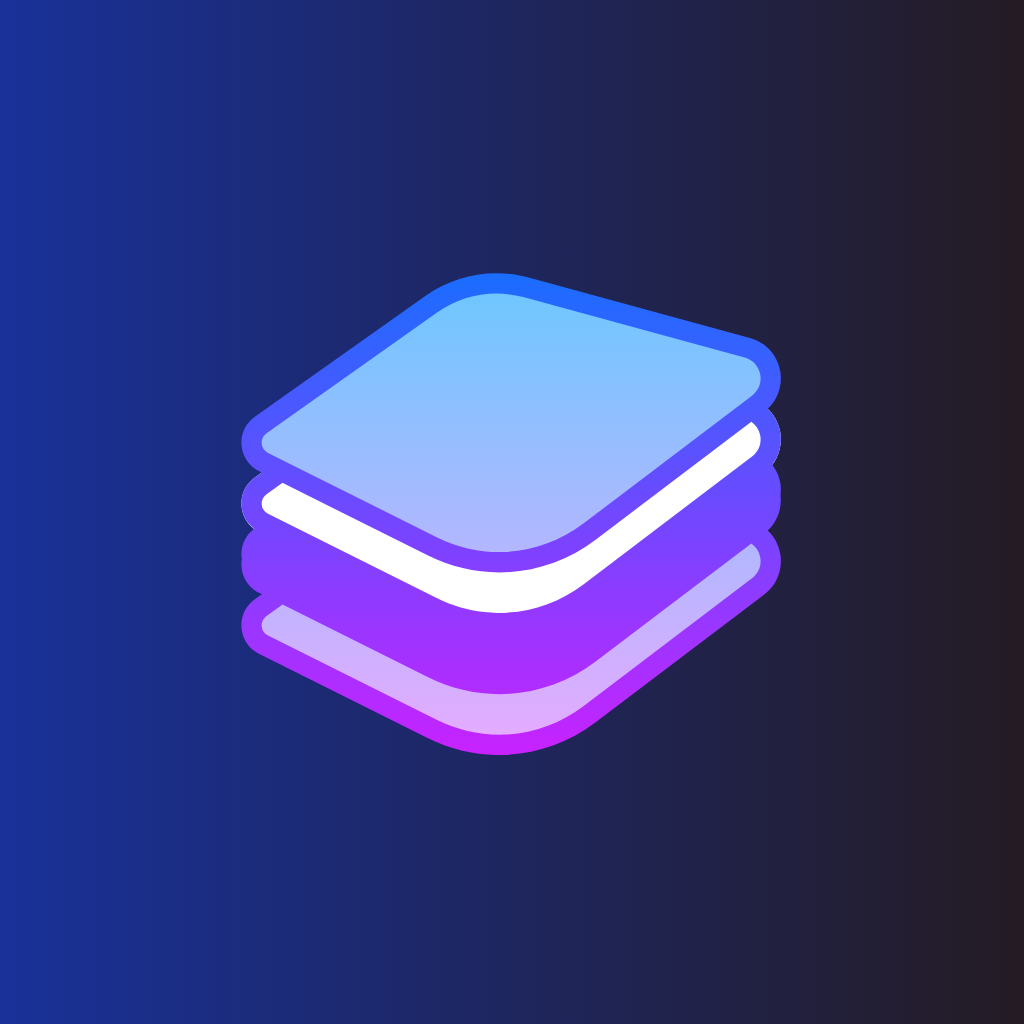Choosing the right technology stack is one of the most critical decisions you will make as you develop your tech idea. The technology stack—often referred to as "tech stack"—refers to the combination of programming languages, frameworks, and tools that are used to build your product.
How the Right Stack Can Influence Your Startup's Success?
An appropriate tech stack not only ensures efficient development but also attracts talent, makes scaling easier, and ultimately determines how well your product can compete in the market. If your stack is well-aligned with your team’s skills, project requirements, and future goals, you’re setting your startup up for success. Conversely, a poorly chosen stack can lead to costly reworks, technical debt, and a loss of competitive edge.
What is a Technology Stack?
Defining the Technology Stack
A technology stack is essentially a set of technologies used to create a software application. It’s made up of different layers that work together to provide a functional product—from the user-facing interface to the behind-the-scenes databases and server logic.
Components of a Technology Stack
-
Frontend Technologies
The frontend is what users see and interact with. Frontend technologies are responsible for the user interface (UI) and user experience (UX) of your application. Common frontend technologies include HTML, CSS, JavaScript, and frameworks like React, Angular, and Vue.js.
-
Backend Technologies
The backend handles the logic, database interactions, user authentication, and server communication. It’s the backbone of your application. Popular backend technologies include Node.js, Python (Django, Flask), Ruby on Rails, and Java (Spring Boot).
-
Database Technologies
The database stores and manages data for your application. Choosing the right database technology is crucial, depending on whether your data is relational (structured) or non-relational (flexible). Common databases include MySQL, PostgreSQL, MongoDB, and Firebase.
-
Development Tools and DevOps
Development tools and DevOps processes help streamline coding, collaboration, testing, and deployment. This includes version control systems like Git, build tools, continuous integration/continuous deployment (CI/CD) systems, and containerization tools like Docker and Kubernetes.
Factors to Consider When Choosing a Tech Stack
Product Requirements
-
Scalability Needs
If you anticipate growth, your tech stack should be scalable. Scalability includes the ability to handle more users and more data without compromising performance. Some languages and frameworks are better suited for scalability than others, such as Node.js and Java.
-
Speed and Performance
Speed and performance can make or break the user experience. For instance, if your product needs real-time interactions (e.g., chat features), technologies like Node.js might be ideal due to their non-blocking nature.
-
Team Expertise
Your team's expertise is a significant factor in choosing a tech stack. Selecting a stack that aligns with your developers' skills will result in faster, more efficient development. It also helps to avoid a steep learning curve that could slow down progress and increase development costs.
-
Development Timeline and Budget
Short timelines and limited budgets require a tech stack that allows rapid development. For example, using frameworks like Django or Ruby on Rails can speed up development significantly due to their simplicity and pre-built components. Open-source technologies are also popular because they are free and have extensive community support.
-
Community and Ecosystem Support
A large, active community means more resources, better documentation, and quick help with problems. Established technologies like React, Java, and Python have extensive communities, which can save valuable time during development and maintenance.
Common Technology Stacks for Different Applications
Web Application Stacks
-
MEAN (MongoDB, Express.js, Angular, Node.js)
MEAN is a popular choice for JavaScript developers as it allows for a full-stack JavaScript solution. This makes switching between the client and server environments straightforward, leading to faster development times.
-
MERN (MongoDB, Express.js, React, Node.js)
The MERN stack replaces Angular with React, which is widely favored for its flexibility, ease of integration, and powerful front-end capabilities. MERN is great for building dynamic, single-page applications.
Mobile Application Stacks
-
Native vs Cross-Platform Technologies
Native development (using Swift for iOS or Kotlin for Android) offers the best performance and native feel but can be costly and time-consuming. Cross-platform technologies allow for simultaneous iOS and Android development using frameworks like Flutter or React Native, which can reduce development time and budget.
-
React Native vs Flutter
React Native is a popular framework backed by Facebook, offering the advantage of leveraging JavaScript. Flutter, backed by Google, uses Dart and allows developers to build natively compiled applications. Both have their pros and cons, but React Native has the advantage of a more mature ecosystem.
Enterprise Application Stacks
-
Java/Spring Boot
Java with Spring Boot is a well-known choice for enterprise-level applications. It provides high stability, security, and scalability, which is why it’s used by major corporations around the world.
-
.NET Framework
The .NET framework is Microsoft’s answer for building scalable, enterprise-level applications. It supports multiple languages like C#, F#, and VB.NET, making it flexible for different types of enterprise solutions.
Pros and Cons of Popular Technologies
JavaScript Frameworks (React, Angular, Vue.js)
- Strengths and Weaknesses
- React is flexible and efficient, but requires additional libraries for state management.
- Angular provides a complete solution out of the box, but it has a steep learning curve.
- Vue.js is easy to learn and integrate but lacks the corporate backing that Angular and React have.
Backend Languages (Node.js, Python, Ruby, Java)
- Benefits and Drawbacks for Different Use Cases
- Node.js is highly scalable but not ideal for CPU-heavy operations.
- Python offers simplicity and versatility, especially for AI and data-heavy projects, but may fall short in performance compared to languages like Java.
- Ruby is great for rapid development, though it may struggle with scalability.
- Java is highly robust and scalable but can be cumbersome for rapid prototyping.
Choosing the Right Database
SQL vs NoSQL
Choosing between SQL and NoSQL depends on your data structure. SQL databases like MySQL and PostgreSQL are ideal for structured data that require complex queries, while NoSQL databases like MongoDB and Firebase are suitable for unstructured, rapidly changing data.
Popular Database Options
- MySQL is reliable for structured data and complex queries.
- PostgreSQL is feature-rich and ideal for relational databases.
- MongoDB is highly scalable and great for handling unstructured data.
- Firebase is often used for real-time applications like chat and mobile apps.
Development Tools and DevOps Integration
Version Control and Collaboration Tools
- GitHub, GitLab, Bitbucket These tools allow developers to collaborate, manage code versions, and streamline development. GitHub is the most popular, but GitLab offers integrated CI/CD features, and Bitbucket is well-suited for teams using Atlassian products.
DevOps Tools for Automation
- Docker, Kubernetes, Jenkins These tools help automate deployment and testing processes. Docker is used for containerization, Kubernetes for container orchestration, and Jenkins for automating build and testing workflows.
Conclusion
The technology stack you choose will define the functionality, scalability, and user experience of your product. Making informed decisions about your tech stack is crucial to ensure that your product meets user needs while staying within budget and timeline constraints.
Always balance your immediate product requirements, available budget, and long-term goals. Choose a stack that your team can handle efficiently, and one that will grow with your product as it evolves. Technology trends change quickly, but by choosing established and well-supported tools, you can build a solid foundation for your tech idea to thrive.




